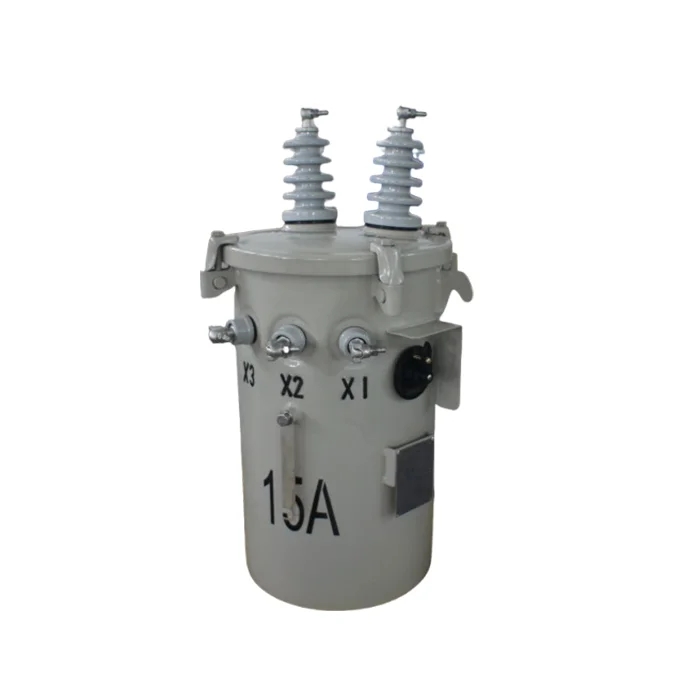How is white crystalline powder formononetin extracted?

Formononetin is a natural compound found in plants such as red clover, soybeans, and chickpeas. It has been studied for its potential health benefits, including its ability to improve bone density, reduce inflammation, and lower the risk of certain cancers. As a result, formononetin has become a popular ingredient in dietary supplements and functional foods. However, before it can be used in these products, formononetin must be extracted from its natural sources. In this blog post, SACH BIOTECH will explore the process of white crystalline powder formononetin for sale.
Step 1: Sourcing the Raw Material
The first step in the extraction process is to source the raw material. Formononetin is found in various plants, but the most common sources are red clover, soybeans, and chickpeas. These plants are grown in different parts of the world, and the quality of the raw material can vary depending on factors such as soil quality, climate, and harvesting practices. Therefore, it is important to select high-quality raw material to ensure the purity and potency of the final product.
Step 2: Preparing the Raw Material
Once the raw material has been sourced, it must be prepared for extraction. This involves cleaning and drying the plant material to remove any impurities and moisture. The plant material is then ground into a fine powder to increase the surface area and facilitate the extraction process.
Step 3: Extraction
There are several methods of extracting formononetin from plant material, including solvent extraction, supercritical fluid extraction, and microwave-assisted extraction. Solvent extraction is the most common method used in the industry, and it involves using a solvent such as ethanol or methanol to dissolve the formononetin from the plant material.
The plant material is placed in a vessel, and the solvent is added to the vessel. The mixture is then heated and agitated to facilitate the extraction process. The solvent dissolves the formononetin and other compounds from the plant material, creating a solution that contains the desired compound.

Step 4: Purification
Once the formononetin has been extracted, it must be purified to remove any impurities and other compounds that may be present in the solution. This is typically done using chromatography, which involves separating the different compounds in the solution based on their chemical properties.
The solution is passed through a column containing a stationary phase, which selectively adsorbs the different compounds in the solution. The column is then washed with a solvent to elute the different compounds from the column. The formononetin is collected in a pure form, while the other compounds are discarded.
Step 5: Drying and Packaging
The final step in the extraction process is to dry and package the formononetin. The purified formononetin is typically in the form of a white crystalline powder, which is dried to remove any residual moisture. The powder is then packaged in airtight containers to protect it from moisture and light, which can degrade the compound over time.
Conclusion
Formononetin is a natural compound found in plants such as red clover, soybeans, and chickpeas. It has been studied for its potential health benefits, and is commonly used in dietary supplements and functional foods. However, before it can be used in these products, formononetin must be extracted from its natural sources. The extraction process involves sourcing high-quality raw material, preparing the material for extraction, extracting the formononetin using a solvent, purifying the compound using chromatography, and drying and packaging the final product. By following these steps, manufacturers can produce high-quality formononetin that is pure and potent.
SACH
sales@hzsqchem.com






